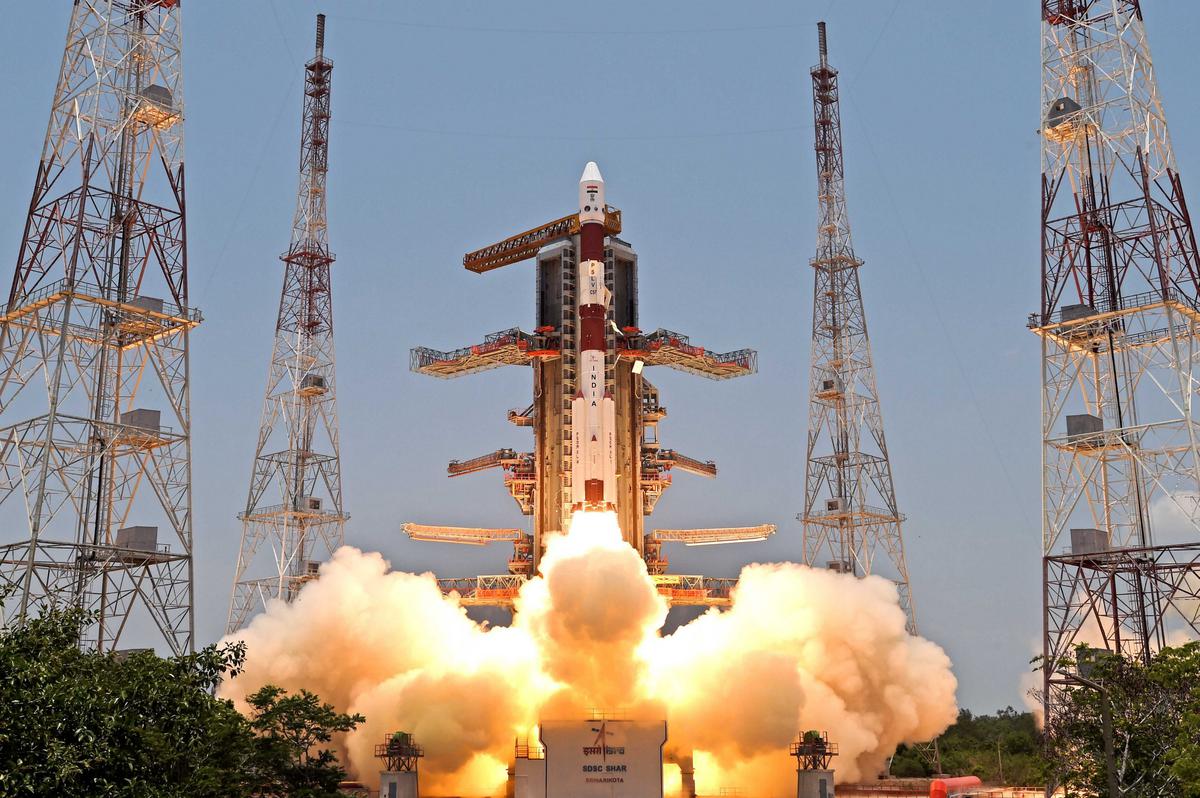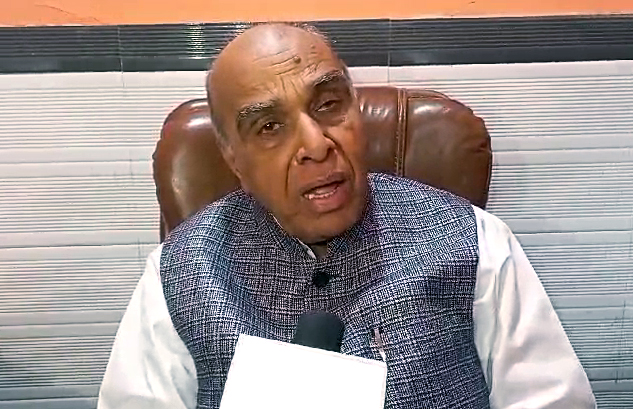India has a plan to carve out a beachhead in the battle for commercial space, officials say: crunching space data, building small satellites and launching them cheaply into orbit rather than challenging heavyweights such as SpaceX head-on.
In particular, it is taking aim at providing cost-effective services and hardware to sectors such as communications, agriculture and commodities, where high-quality data is a precious resource.
At stake is a launch market worth $14.54 billion by 2031, and a related data services market pegged at $45 billion by 2030.
“The world has gone from satellites the size of a Boeing plane to the size of a laptop,” said AK Bhatt, director general of the Indian Space Association, an industry body.
“This is a sector that India can win, instead of challenging heavy launches where Elon Musk has dominance. The country already has an historical advantage in data mining and interpretation.”
Since February, India has opened its space sector to private players and created a 10 billion rupee ($119 million) venture fund to support space startups. It has also unveiled plans for crewed space exploration and a mission to Venus, but the focus is on developing commercial ventures.
In many ways it will be an uphill fight. Other countries such as Japan and China have advanced space industries, and designs on cheap launches. Spaceflight itself is difficult; the startup landscape globally is littered with failed boosters and satellite designs.
For India, “the tech is there and the ability is there… but space is tricky and very competitive, and while private companies have shown that they can create a niche for themselves, we need more proof of concept,” said Namrata Goswami, a space policy expert at Arizona State University.
She added that the Indian government must be an “anchor customer” for private industry.
Most of the revenue growth is expected to come from so-called downstream data applications, said Pawan Goenka, chairman of IN-SPACe, India’s space regulatory body.
Those involve crunching data from orbit to help improve crop yields on earth, build more accurate navigation systems, bolster telecommunications, tighten border security and fight climate change, Goenka said.
Indian companies such as Bellatrix Aerospace, Pixxel, Agnikul Cosmos, Dhruva Space and others are already building or have launched small satellites or satellite components.
India’s space agency, ISRO, last month completed the third and final developmental flight for its Small Satellite Launch Vehicle. The design will then be handed to private companies.
“The end uses of Earth observation are vast,” Goenka said. “What we are doing is address various parts of the puzzle.”
Bengaluru-based SatSure, for example, has been providing near real-time satellite data to the Airports Authority of India to enhance air traffic management and safety, helping airlines save fuel costs by improved flight planning. The project is expected to save 37.5 billion rupees ($446 million) in fuel costs for airlines annually by 2025 and result in a roughly 70% reduction in airport process planning timelines, the authority said.
Earth observation (EO) satellites – orbiting cameras and sensors – can unlock similar savings in other areas, said the company’s chief executive, Prateep Basu.
“EO is solving problems that span across utilities, navigation, trading, industries, helping save millions of dollars,” Basu said.
GOVERNMENT PUSH
Since the government opened up the market, companies big and small have jumped in, with legacy IT firms like Infosys investing in satellite imaging company GalaxEye Space Solutions, Google-backed Pixxel signing contracts with NASA, and Baring- and Promus-backed SatSure taking on clients such as HDFC Bank and global seed company Syngenta.
Dhruva Space became one of the first to be handed a permit to operate satellite communication centres on earth – to date the dominion of ISRO.
“India is a software powerhouse and produces some of the best minds in the world in data science, machine learning, and artificial intelligence. The space downstream market is, at the end of the day, a software play,” said Aravind Ravichandran, founder of France-based advisory firm Terrawatch Space.
The consultancy Euroconsult forecasts that between 2023 and 2032, about 26,104 small satellites – weighing less than 500 kilogrammes (1,100 lb) – will be put in orbit, averaging 1.5 tons of daily launch mass. The firm expects the overall small satellite industry to be worth $110.5 billion in the next decade.
Indian space companies have already seen an influx of funding – $126 million in 2023, a 7% increase from the $118 million raised in 2022 and an increase of 235% from the $37.6 million raised in 2021, according to Tracxn data.
But India has only about 2% of market share in commercial space activities, demand is still largely dependent on global clients, and well-established U.S., Russian and Chinese companies are formidable rivals.
“To truly make a dent, (Indian) solutions have to scale to the rest of south Asia and then to the rest of the world,” said Pixxel founder and CEO Awais Ahmed.
(Reuters)




















